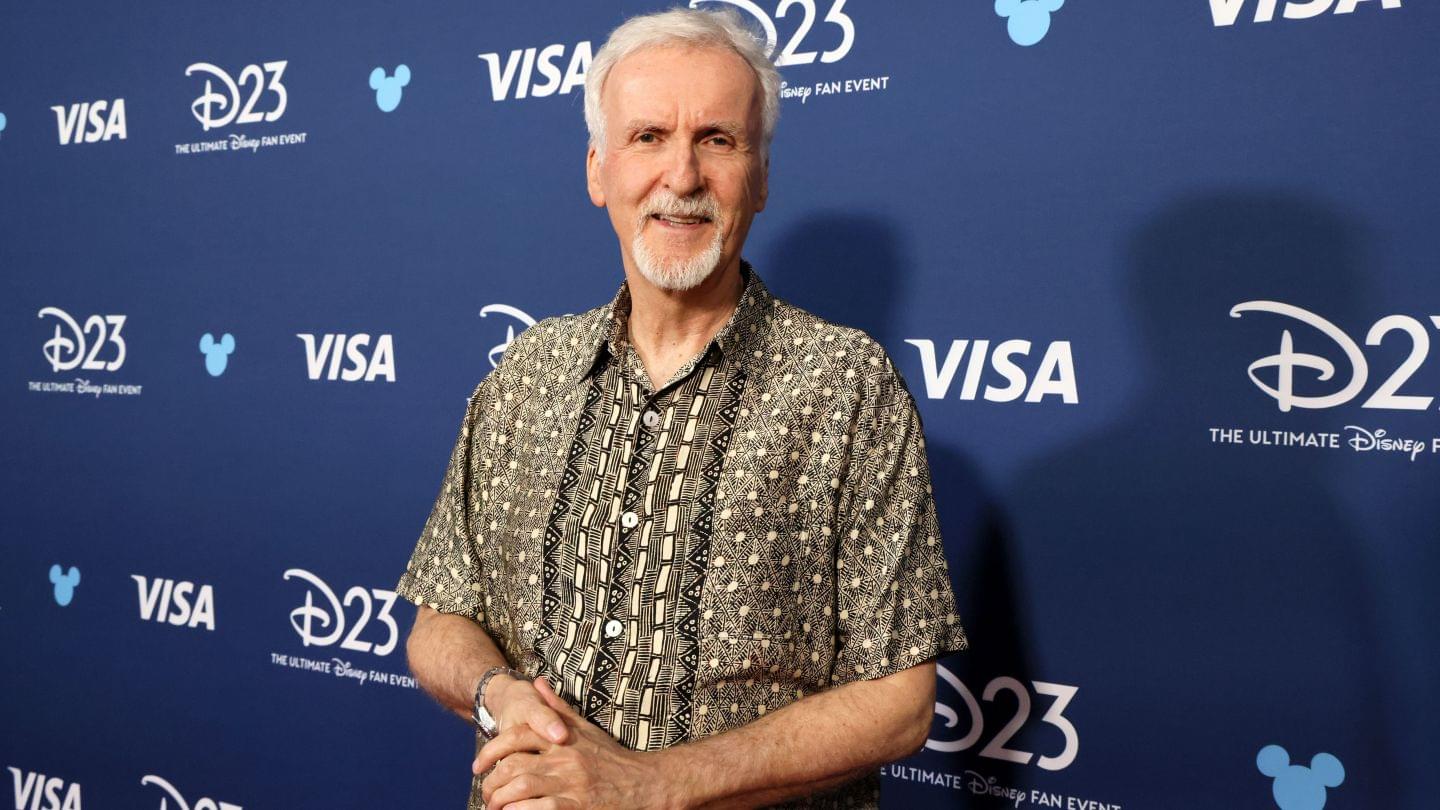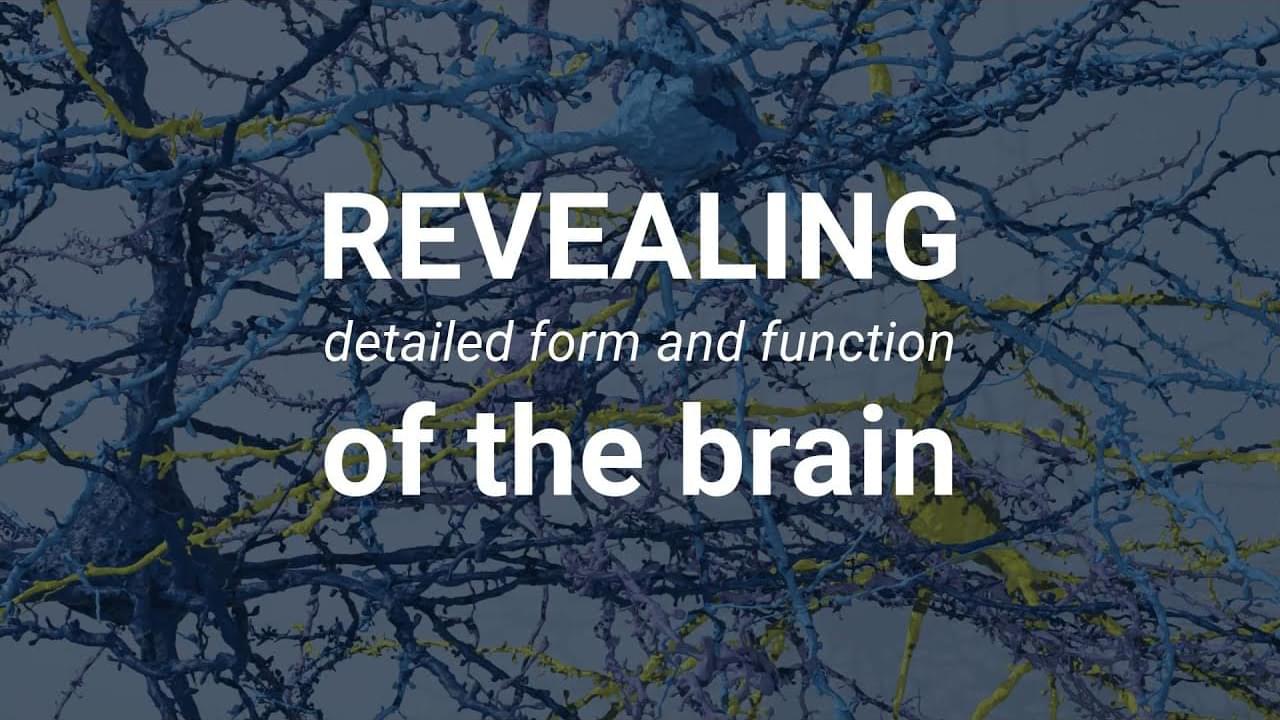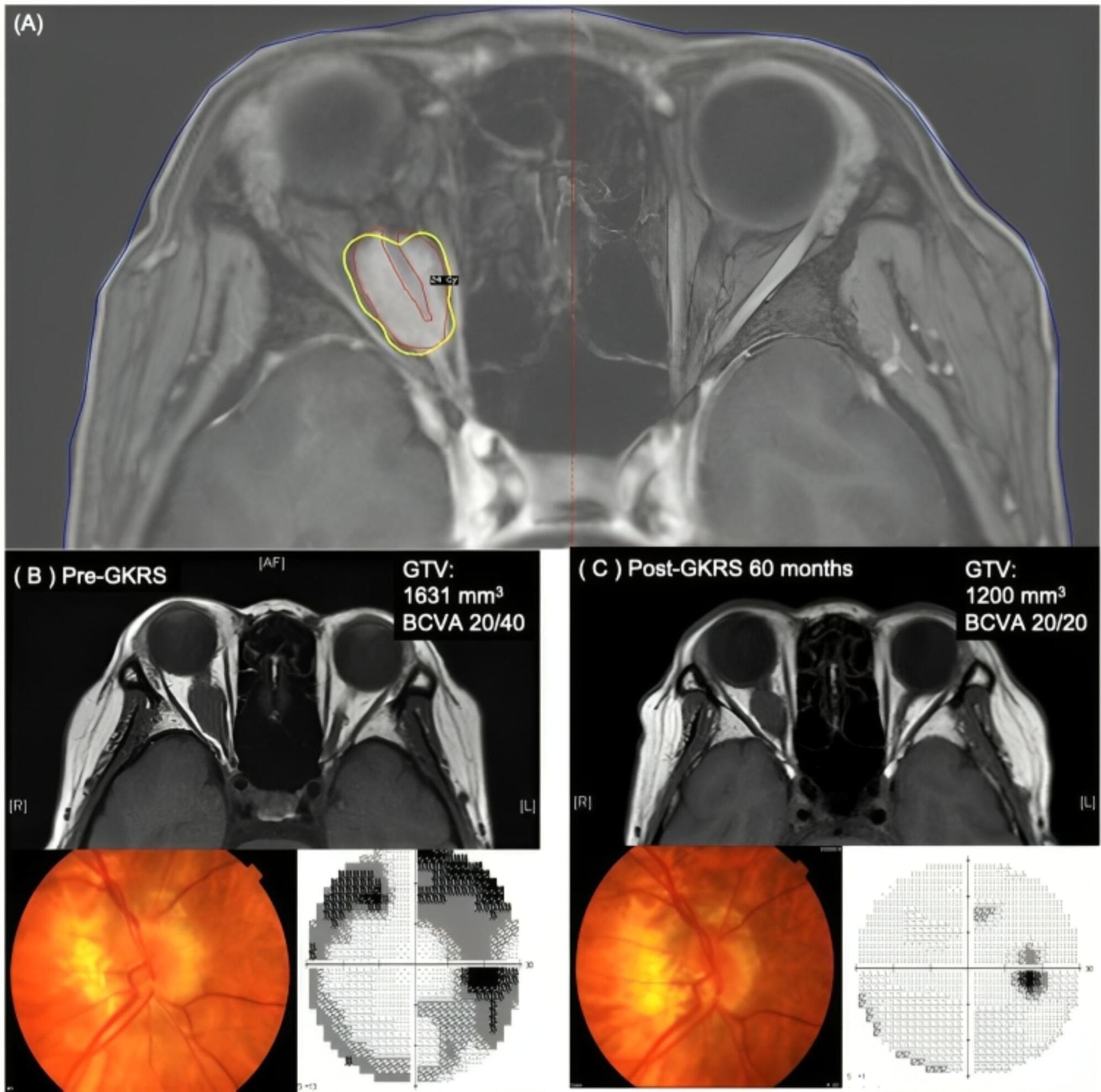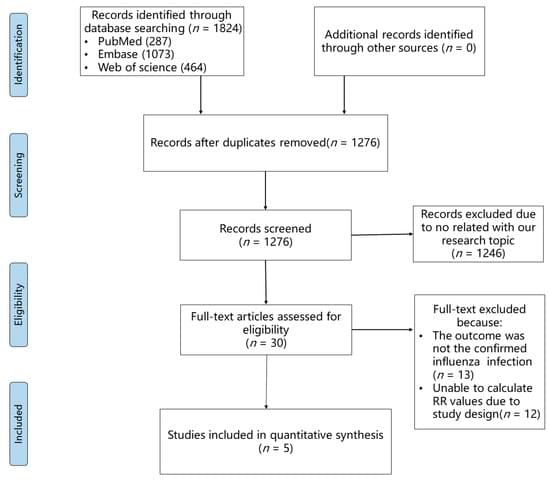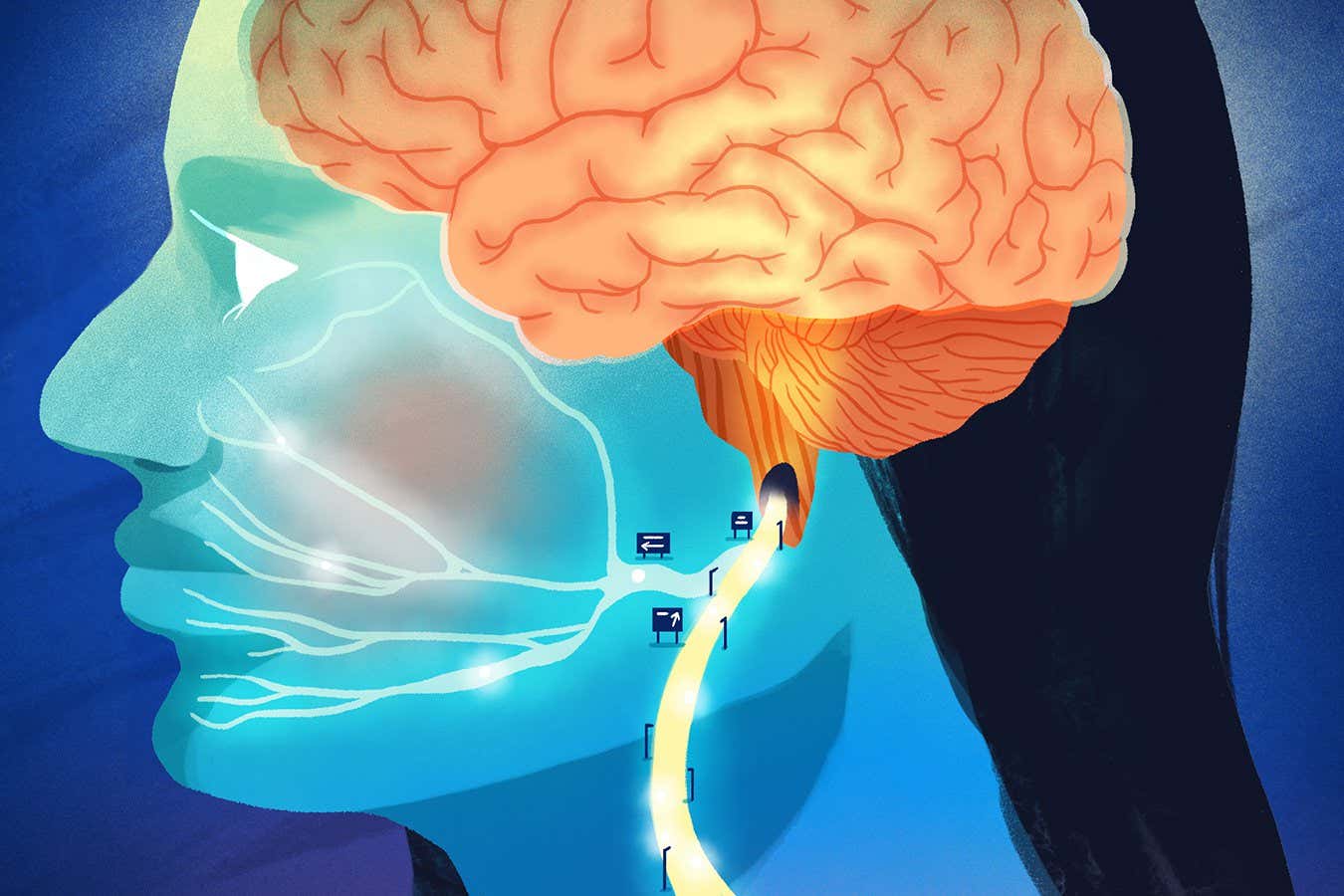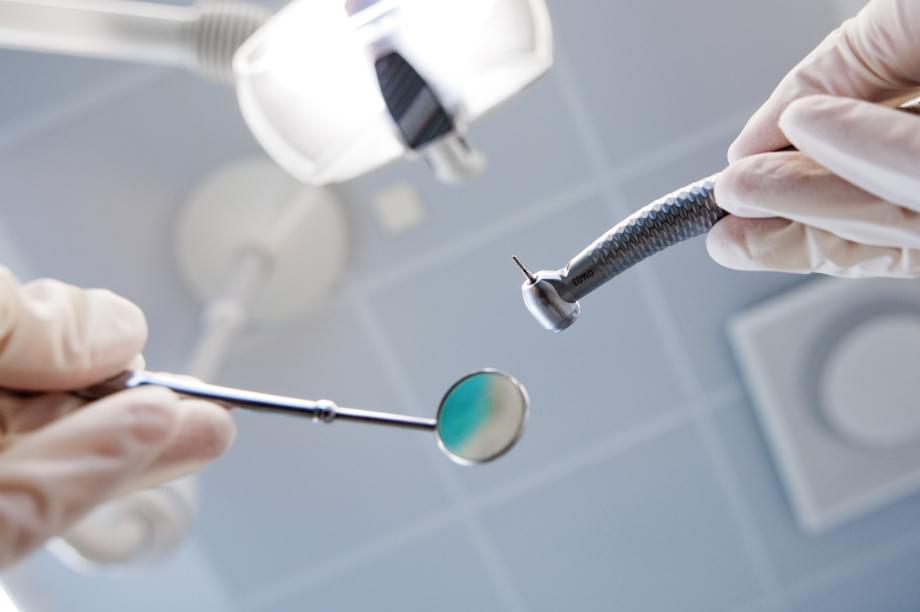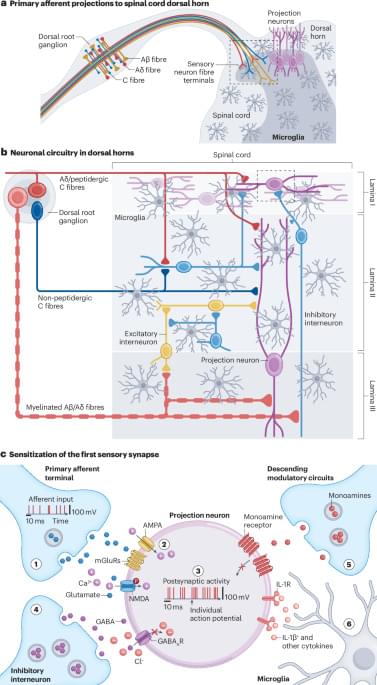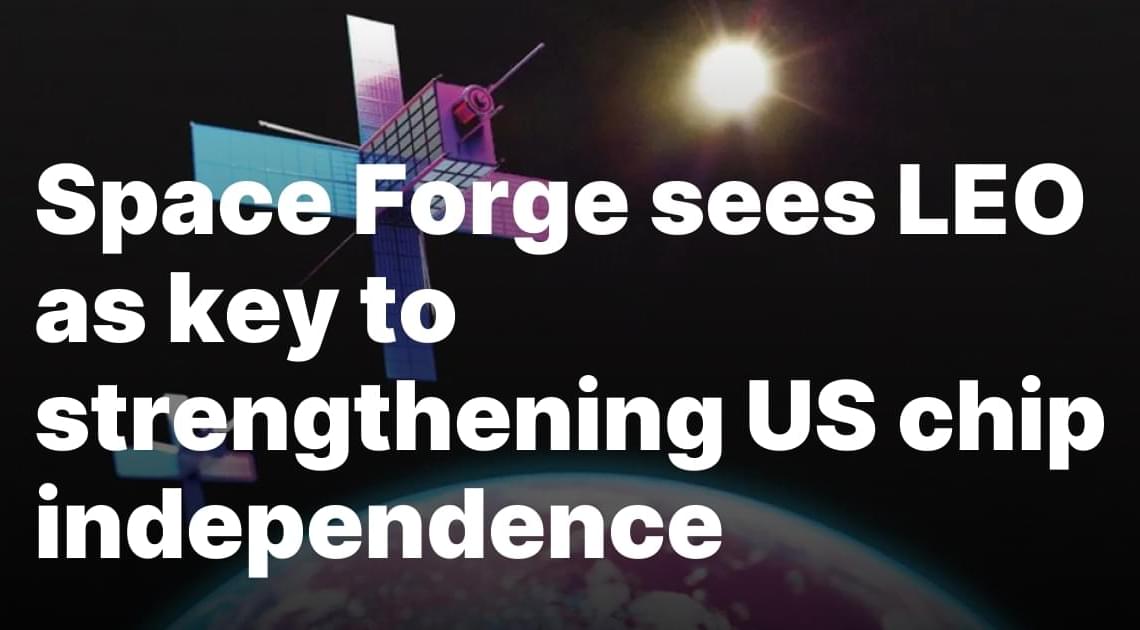In an interview with Meta CTO Andrew Bosworth, the filmmaker weighs in on Stability AI and VFX, “in the style of” prompts, and whether input or outputs of models should be targeted: “We’re all models.”
How does the brain work? Where, and when, and why do neurons connect and send their signals? Scientists have created the largest wiring diagram and functional map of an animal brain to date to learn more. Research teams at Allen Institute, @BCMweb and @princeton worked together to map half a billion synapses, over 200,000 cells, and 4km of axons from a cubic millimeter of mouse brain, providing unparalleled detail into its structure and functional properties. The project is part of the Machine Intelligence from Cortical Networks (MICrONS) program, which seeks to revolutionize machine learning by reverse-engineering the algorithms of the brain. Research findings reveal key insights into brain activity, connectivity, and structure—shedding light on both form and function—within a region of the mouse visual cortex that plays a critical role in brain health and is often disrupted in neurological conditions such as Alzheimer’s disease, autism, and addiction. These insights could revolutionize our ability to treat neuropsychiatric diseases or study the influence of drugs and other changes on the brain.
This extraordinary achievement begins to reveal the elusive language the brain uses to communicate amongst its millions of cells and the cortical mechanisms of intelligence—one of the holy grails of science.
Learn more about this research: https://alleninstitute.org/news/scien… open science data: https://www.microns-explorer.org/ Explore the publications in Nature: https://www.nature.com/immersive/d428… Follow us on social media: Bluesky — https://bsky.app/profile/alleninstitu… Facebook — / alleninstitute X —
/ alleninstitute Instagram —
/ alleninstitute LinkedIn —
/ allen-institute TikTok —
/ allen.institute.
Access open science data: https://www.microns-explorer.org/
Explore the publications in Nature: https://www.nature.com/immersive/d428…
Follow us on social media:
Bluesky — https://bsky.app/profile/alleninstitu…
Facebook — / alleninstitute.
X — / alleninstitute.
Instagram — / alleninstitute.
LinkedIn — / allen-institute.
TikTok — / allen.institute
Gamma Knife Radiosurgery for optic nerve sheath meningioma: comparison of efficacy and costs with radiotherapy under Korean health insurance system
Posted in biotech/medical, health | Leave a Comment on Gamma Knife Radiosurgery for optic nerve sheath meningioma: comparison of efficacy and costs with radiotherapy under Korean health insurance system
To survey the real-world effectiveness and cost of optic nerve sheath meningioma (ONSM) treating with Gamma Knife Radiosurgery (GKRS), and compare with the external beam radiation therapy (EBRT).
Retrospective, comparative study that included patients with primary ONSM treated with either GKRS or EBRT in Samsung Medical Center, Korea. The treatment response, and treatment costs were compared between GKRS and EBRT groups.
There were 34 adult patients with primary ONSM treated with either GKRS (n = 25) or EBRT (n = 9) (follow-up period: 6–207 months). The local tumor control rates (GKRS: 92%; EBRT: 100%; P = 1) and vision preservation rates (GKRS: 64%; EBRT: 67%; P = 1) were similar in both groups. The mean gross tumor volume (GTV) decreased by 21.4 ± 19.7% after GKRS and 26.4 ± 18.7% after EBRT (P = 0.4803). The complication rates did not differ between two modalities. Factors associated with better visual outcomes were pretreatment BCVA 20/50 (odds ratio: 6.000, P = 0.0234) and the absence of intracranial tumor extension (odds ratio: 30.00, P = 0.0001). GKRS reduced the total costs of care by 43% under Korean National Health Insurance System (NHIS).
Nexus between genomic instability and metabolism in cancer.
Genomic damage detection and repair in the cells is enabled by the DNA-damage response (DDR).
Although DDR inhibition has been used to treat various cancers, drug resistance has been observed in the long run owing to the ability of tumor cells to undergo energetic metabolic reprogramming.
In addition, tumor cells’ ability to sense oxidative stress influenced by metabolic intermediates, leading to impaired redox metabolism, thus creating redox vulnerabilities.
The researchers in this review summarize recent advances in understanding the crosstalk between DDR and metabolism and discuss combination therapies that target DDR, metabolism, and redox vulnerabilities in cancer.
They also outline challenges in targeting metabolism and strategies to improve the shortcomings. https://sciencemission.com/Unraveling-the-nexus
Association between Statins Administration and Influenza Susceptibility: A Systematic Review and Meta-Analysis of Longitudinal Studies
Posted in health, surveillance | Leave a Comment on Association between Statins Administration and Influenza Susceptibility: A Systematic Review and Meta-Analysis of Longitudinal Studies
Previous studies reported that the association between statins use and influenza infection was contradictory. A systematic review and meta-analysis of longitudinal studies were performed to determine the association between statins use and influenza susceptibility. The literature search was conducted in PubMed, Embase, and Web of Science, from each database’s inception to 21 May 2023. The fixed effect model and random effects model were used for data synthesis. In our study, a total of 1,472,239 statins users and 1,486,881 statins non-users from five articles were included. The pooled risk ratio (RR) of all included participants was 1.05 (95% CI: 1.03–1.07), and there were still significant differences after adjusting for vaccination status. Of note, RR values in statins users were 1.06 (95% CI: 1.03–1.08) in people aged ≥60 years old and 1.05 (95% CI: 1.03–1.07) in participant groups with a higher proportion of females. Administration of statins might be associated with an increased risk of influenza infection, especially among females and elderly people. For those people using statins, we should pay more attention to surveillance of their health conditions and take measures to prevent influenza infection.
Vagus nerve stimulation is used to treat conditions ranging from inflammation to migraine. Mapping the nerve’s complex structure of more than 160,000 fibres could usher in a new era of precision treatments
The use of virtual reality haptic simulators can enhance skill acquisition and reduce stress among dental students during preclinical endodontic training, according to a new study published in the International Endodontic Journal. The study was based on collaboration between the University of Eastern Finland, the University of Health Sciences and the University of Ondokuz Mayıs in Turkey as well as Grande Rio University in Brazil.
The study aimed to evaluate the influence of virtual reality (VR) haptic simulators on skill acquisition and stress reduction in endodontic preclinical education of dental students.
During preclinical training, dental students develop manual dexterity, psychomotor skills and confidence essential in clinical practice. VR and haptic technology are increasingly used alongside conventional methods, enabling more repetition and standardised feedback, among other things.
Neuropathic pain caused by nerve damage results in neuronal pathway changes and immune cell engagement. In this Review, Malcangio and Sideris-Lampretsas discuss how microglia respond to and modulate neuronal activity and suggest that microglia–neuron pathways offer novel approaches for the attenuation of neuropathic pain.
TAMPA, Fla. — British in-orbit manufacturing venture Space Forge has appointed technology veteran Atul Kumar to set up a semiconductor business in the United States, aiming to bolster domestic chip production as efforts to reduce reliance on foreign suppliers gather pace.
Kumar, a materials scientist with more than two decades of experience in the sector, is tasked with developing manufacturing operations under Space Forge’s U.S. subsidiary to support the terrestrial and in-space growth of semiconductor substrates, the company announced April 10.
The move comes as the U.S. ramps up efforts to reduce its dependence on chips from abroad, driven by supply chain disruptions, national security concerns and mounting trade tensions — particularly with China.
